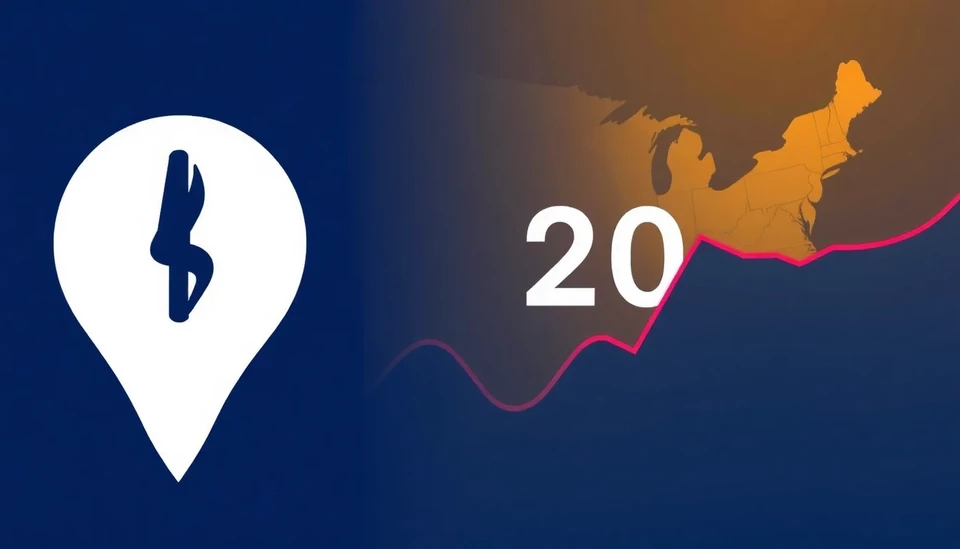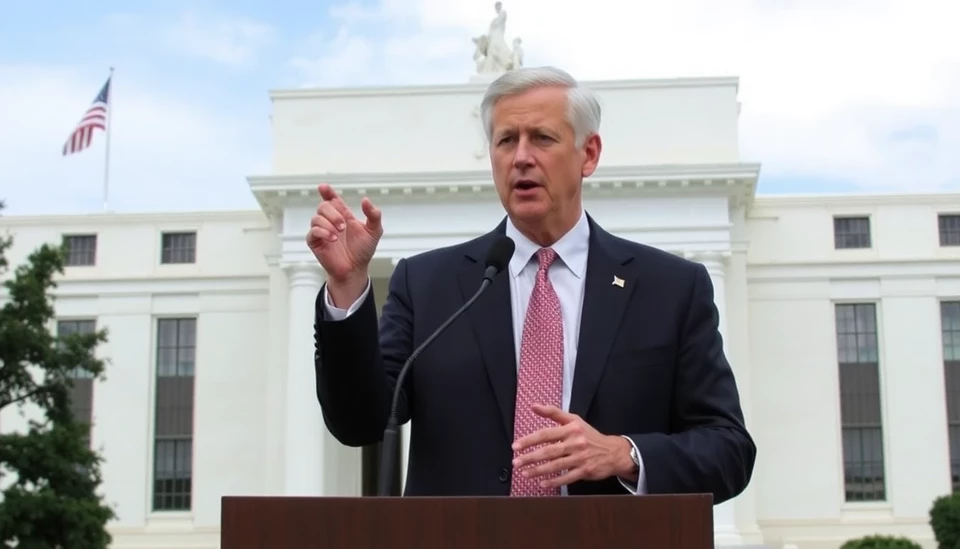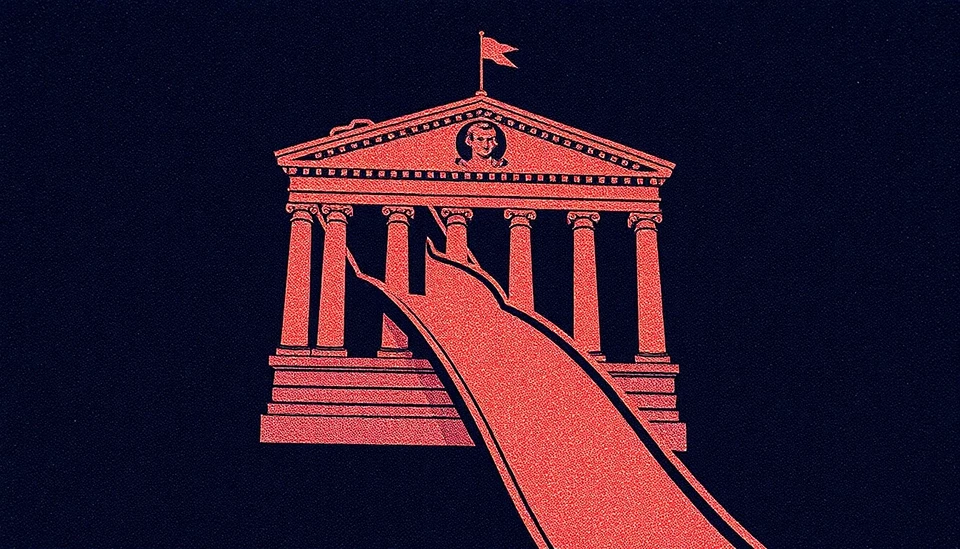
In a recent release by the Bureau of Labor Statistics, the Consumer Price Index (CPI) report for November 2024 has unveiled critical insights into the current inflation landscape in the United States. Analysts and economists have been closely monitoring these figures, as they provide a clear picture of how rising prices are impacting consumers across the nation.
The report indicated an increase in the CPI of 0.3% in November, with the year-over-year inflation rate now standing at an unsettling 3.6%. This rise reflects ongoing concerns regarding persistent inflation that has affected consumer purchasing power and overall economic growth. The most notable jumps were observed in essential categories including food and energy, which significantly contribute to the overall CPI measurement.
When examining core inflation—which excludes the often-volatile prices of food and energy—the data revealed a more stabilizing trend. The core CPI increased by 0.2% for the month, and the annual growth rate in core consumer prices stands at 4.1%. This indicates that while inflation pressures are easing slightly in some areas, underlying inflation dynamics remain a challenge for policymakers.
Food prices had a significant impact on the overall CPI, up 0.4% for November, driven primarily by increases in meat and dairy costs. Likewise, energy prices surged by 0.5%, reflecting the ongoing volatility in the oil markets. These rising costs are particularly concerning for lower-income households that spend a larger portion of their budgets on essential goods.
Rent prices have also not shown signs of cooling off, with shelter expenses continuing to climb—surging 0.4% during the month. This category is crucial as it represents a substantial component of the overall CPI and suggests ongoing challenges in the housing market.
The combination of increasing costs in critical areas such as food and shelter has led many economists to predict that the Federal Reserve may need to adjust its monetary policy in response to these persistent inflationary pressures. Market analysts are speculating whether the central bank will raise interest rates again to curb inflation or maintain its current policy in anticipation of a more favorable economic landscape in the coming months.
Moreover, concerns are growing regarding the potential impact of these inflation rates on consumer spending power and overall economic growth. Should inflation continue to outpace wage growth, discretionary spending may decline, which could have a ripple effect throughout the economy.
In conclusion, the November 2024 CPI report paints a complex image of inflation in the United States. While core inflation shows signs of moderation, the overall rise in prices remains a pressing concern for many households and poses significant challenges for policymakers aiming to stabilize the economy while promoting growth.
As the nation moves into the new year, it will be critical to monitor how these inflation trends evolve and what measures will be implemented by the Federal Reserve to address them.
#inflation #CPI #economicnews #consumerprices #FederalReserve #November2024 #housingmarket #economy #interestrates
Author: Rachel Greene




